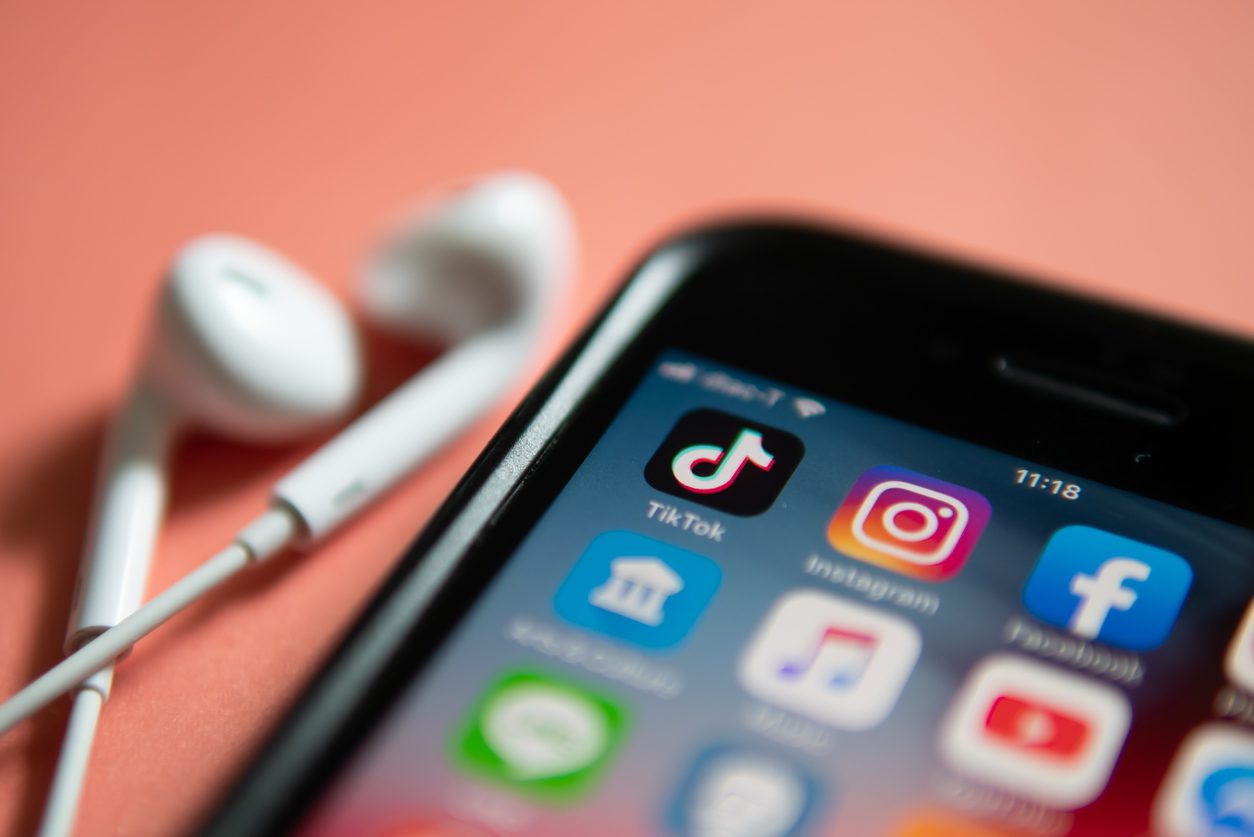
By Cheryl Hori
If your campaign raced to serve political ads before the Facebook blackout and subsequently dealt with the fallout on Tuesday, you’re likely more than ready for some digital advertising alternatives. I know I am.
While this cycle saw a number of tried-and-true platforms hang up their hats or add additional targeting restrictions for political ads, other ad platforms, like Reddit, have actually expanded their political departments. But while it doesn’t look like Pinterest (hello young, white women) or Twitch (looking at you, millennial men) will be allowing political advertising anytime soon, there are a number of emerging digital platforms to expand your reach beyond Facebook.
Below are some of the up-and-coming platforms that campaigns and advocacy organizations should keep an eye on for 2022.
TikTok
While TikTok doesn’t accept political ads, they do accept non-profit ads —and there’s something to be said about putting out a political video that gets over 280,000 organic views . When’s the last time that happened on Facebook?
If it wasn’t for her user-generated content showing up on my “For You” page, I might not have ever heard about Kelly Krout running for state rep in Arkansas. And while I might not be a local voter or able to volunteer for her campaign, as a Californian who’s been tagged as a Democrat, I now know that she’s running for office in a red state and needs support. And truth be told, after being hit with digital fundraising appeals consisting of screaming headlines like “URGENT” “DEADLINE” and “WE’VE BEEN ASKING” for the past half-decade, a genuine appeal is so refreshing.
And speaking of fundraising, Kevin Hart did a TikTok live fundraiser this weekend for the Muscular Dystrophy Association — complete with the ability to donate in-platform.
Video games
In-person fundraisers with plated meals? Tired. Playing “Among Us” with AOC? Wired! And while I might be way too old to use that expression, I’m still young enough to know that when it comes to reaching the youths, we have to meet them where they are.
During COVID, video game live-streaming platform Twitch saw their viewership more than double. In fact, 82 percent of global consumers have watched or played video games . Our clients have held 24-streamer fundraisers, the Biden campaign opened up shop in “Animal Crossing,” and after AOC’s “Among Us” viewership had a peak viewership of more than 400,000, it’s pretty clear: breaking into the video game industry will be one of the important next frontiers for digital campaigning.
Leveraging non-political or user-generated content.
With all the blackouts, lockdowns, restrictions, and bans, we shouldn’t take “no political advertising” for an answer. Waze, the GPS-navigation app, doesn’t accept political ads. But “no political ads” doesn’t mean no ads at all. Last year, a 501(c)(4) client ran branded GOTV ads letting drivers know that they were just a few minutes away from their polling place. And as a result, we were able to directly trace 3 percent of the total election’s turnout back to our ads.
With that said, it doesn’t look like political restrictions on digital content are going away anytime soon. There could even be more crackdowns — so being able to reach audiences through user-generated content is going to be all the more important in upcoming cycles.
As millennials and Gen Z migrate away from platforms like Facebook to spend their online hours elsewhere, political digital advertisers will have to follow suit. In the coming cycles, developing a broader tool set to identify these critical voters and communicate with them in a genuine and authentic way won’t be optional. It’s 2020, and we need to start campaigning like it.
Cheryl Hori is the founder of Pacific Campaign House, a progressive digital campaign firm.